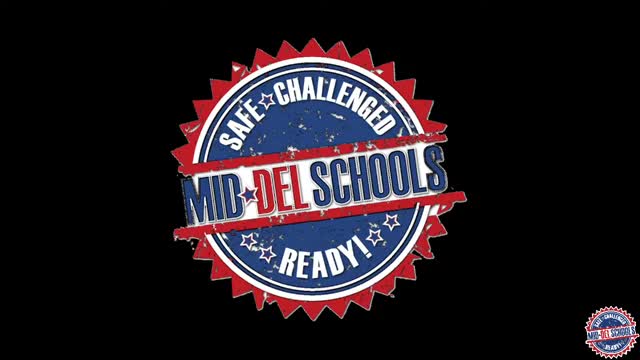District staff explain new state measures to identify and help students without stable housing
January 14, 2025 | MIDWEST CITY-DEL CITY, School Districts, Oklahoma
This article was created by AI summarizing key points discussed. AI makes mistakes, so for full details and context, please refer to the video of the full meeting. Please report any errors so we can fix them. Report an error »

Heather Morris, a member of the district's McKinney‑Vento team, told the Middale Board of Education on Jan. 13 that two recently passed state bills are intended to remove administrative barriers for students experiencing homelessness.
Morris summarized House Bill 1029, which directs the Oklahoma State Department of Education to adopt a standard form for identifying students who lack a fixed, adequate, regular nighttime residence and to compile district reports by June 1, 2025. She said the district began using a similar nighttime‑residency questionnaire a year early as a local pilot and that the form's layout was adopted in draft statewide guidance.
Morris also described House Bill 3231, which took effect Nov. 1, 2024, and allows homeless youth to obtain a free four‑year state identification card. She said the bill and the Service Oklahoma youth ID web page are intended to remove practical barriers — for example, allowing eligible young people to provide ID to prospective employers or schools.
"The McKinney Vento Act is meant for students federal law supported by the statute to support students who are lacking adequate, fixed, regular nighttime residency," Morris said, using the federal McKinney‑Vento definition to explain eligibility and local intake procedures.
Morris walked the board through next steps: students who self‑identify on the new form can be evaluated by the McKinney‑Vento student services team to determine immediate needs (transportation, school supplies, enrollment questions) and to connect families with local supports. She said the district will continue to coordinate with Service Oklahoma and the State Department of Education on implementation and outreach.
Why this matters: identification and ID access remove routine obstacles that can delay enrollment, participation in work or training, and access to benefits. The district's early pilot of the questionnaire was presented as a local success the state used when drafting the standard form.
Morris summarized House Bill 1029, which directs the Oklahoma State Department of Education to adopt a standard form for identifying students who lack a fixed, adequate, regular nighttime residence and to compile district reports by June 1, 2025. She said the district began using a similar nighttime‑residency questionnaire a year early as a local pilot and that the form's layout was adopted in draft statewide guidance.
Morris also described House Bill 3231, which took effect Nov. 1, 2024, and allows homeless youth to obtain a free four‑year state identification card. She said the bill and the Service Oklahoma youth ID web page are intended to remove practical barriers — for example, allowing eligible young people to provide ID to prospective employers or schools.
"The McKinney Vento Act is meant for students federal law supported by the statute to support students who are lacking adequate, fixed, regular nighttime residency," Morris said, using the federal McKinney‑Vento definition to explain eligibility and local intake procedures.
Morris walked the board through next steps: students who self‑identify on the new form can be evaluated by the McKinney‑Vento student services team to determine immediate needs (transportation, school supplies, enrollment questions) and to connect families with local supports. She said the district will continue to coordinate with Service Oklahoma and the State Department of Education on implementation and outreach.
Why this matters: identification and ID access remove routine obstacles that can delay enrollment, participation in work or training, and access to benefits. The district's early pilot of the questionnaire was presented as a local success the state used when drafting the standard form.
View full meeting
This article is based on a recent meeting—watch the full video and explore the complete transcript for deeper insights into the discussion.
View full meeting
